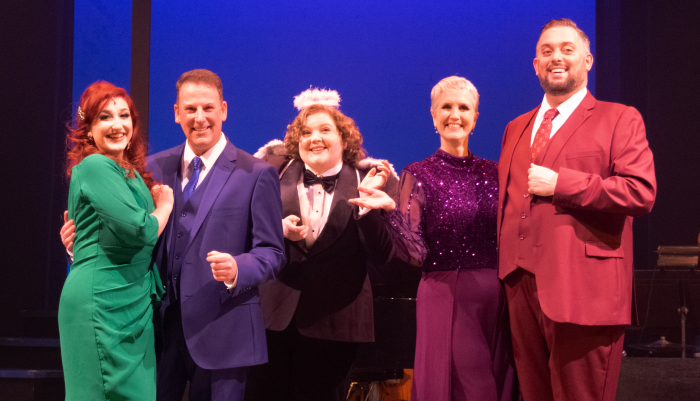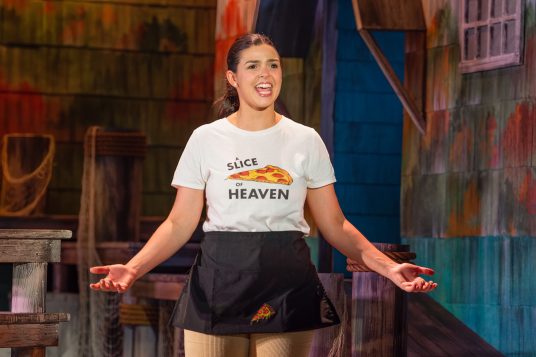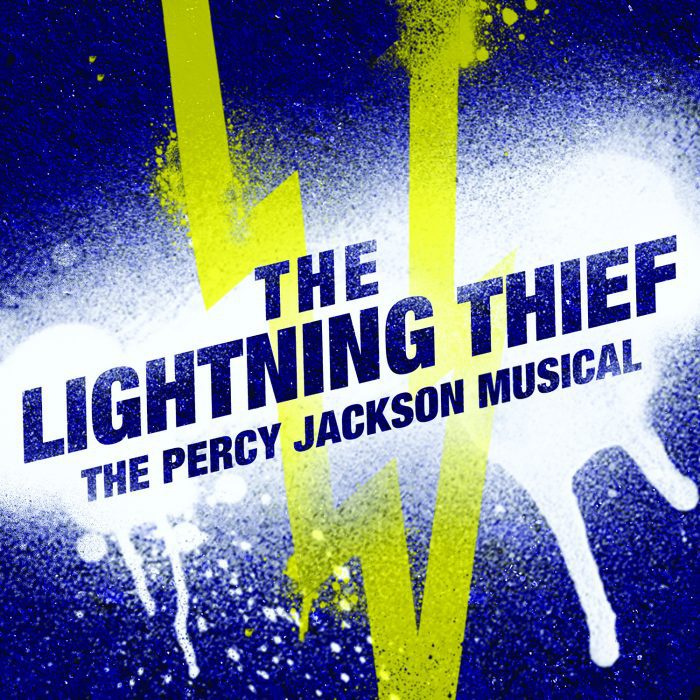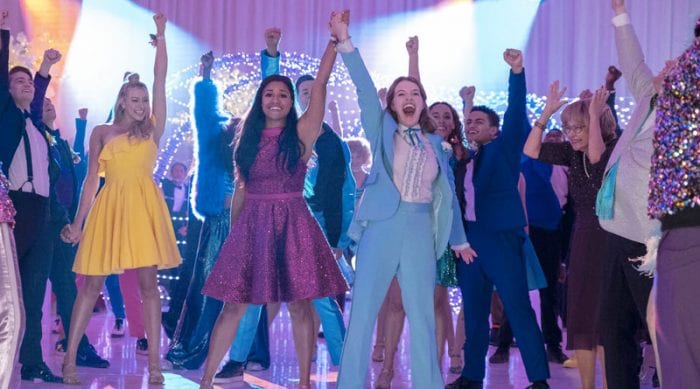By Rita J. Egan
The cast and crew at Theatre Three have once again created an entertaining production of music and laughs with Side by Side by Sondheim. The show debuted on the Port Jefferson stage Feb. 18.
Countless songs throughout the decades have been loved for generations, and Broadway tunes are no exception. The late composer and lyricist Stephen Sondheim is among the talents who created those gems, and Side by Side by Sondheim is a testament to his immense talent by celebrating his earlier works.

The production featuring music and lyrics by Sondheim as well as music by Leonard Bernstein, Mary Rodgers, Richard Rodgers and Jule Styne debuted in London in 1976 and on Broadway in 1977. The musical revue may leave some in the audience wanting to know more about Sondheim, as he composed so much more after the late 1970s. Despite this factor, it’s the perfect starting point to enjoy his contributions to the arts.
In Theatre Three’s version, director Christine Boehm has expertly directed a cast of five, and conductor Jeffrey Hoffman, on piano, leads bassist Logan Friedman and percussionist Don Larsen seamlessly from one number to another. The three are visible on stage the entire show and, a few times, join in on the jokes with the actors.
Emily Gates, Linda May, Ryan Nolin and Jack Seabury are the main vocalists in the production and have wonderful chemistry together. All four deliver strong performances whether singing as a quartet, trio, duo or solo.
Ana McCasland serves as narrator to fill in the audience on some of the backstories of Sondheim’s songs and his life, including how he met Leonard Bernstein, providing an interesting glimpse into musical history for Broadway enthusiasts.
May shines during “Send in the Clowns” from A Little Night Music, and then just as easily makes everyone laugh during a silly number called “The Boy From,” a song featured in Sondheim’s off-Broadway revue The Mad Show.

Gates belts out a “Losing My Mind” from Follies so beautifully and perfectly that it’s the tearjerker it’s meant to be. She and May on “A Boy Like That/I Have a Love” capture all the anger, sorrow and tenderness that Maria and Anita felt after Bernardo’s death in West Side Story.
Seabury sings a touching “Anyone Can Whistle” from the musical of the same name, and Nolin delivers a strong “Being Alive” from Company. Nolin also is a delightful surprise during “You Gotta Get a Gimmick,” a favorite tune from Gypsy. Seabury and Nolin are also priceless singing the duet “We’re Gonna Be All Right” from Do I Hear a Waltz. The song was originally written for a woman and man singing about their relationship, but the singers are wonderful in embracing the updated spin on the song.
McCasland is a charming narrator and has her chance to sing during “I Never Do Anything Twice,” featured in the movie The Seven-Per-Cent Solution. Not only did she shine, she also had fun with the song, garnering laughter from the audience as she performed the tune to the hilt.
Subtle choreography and simple, colorful blocks of light on stage rounded out the show beautifully. Theatre Three has produced a lighthearted Side by Side by Sondheim, which is a breath of fresh air. The Cabaret-style revue is perfect for ending a special night or taking in some musical history.
Theatre Three, 412 Main St., Port Jefferson presents Side By Side By Sondheim through March 18. Tickets are $35 adults, $28 seniors and students, $20 children ages 5 to 12 (under 5 not permitted), $20 Wednesday matinees. For more information or to order, call 631-928-9100 or visit www.theatrethree.com.
Photos by Steven Uihlein/Theatre Three Productions, Inc.









 The Smithtown Performing Arts Center, 2 East Main St., Smithtown will be hosting auditions for performers aged 16 and up for the upcoming MainStage production of ‘The Lightning Thief: The Percy Jackson Musical , on Monday, Aug. 22.
The Smithtown Performing Arts Center, 2 East Main St., Smithtown will be hosting auditions for performers aged 16 and up for the upcoming MainStage production of ‘The Lightning Thief: The Percy Jackson Musical , on Monday, Aug. 22.











